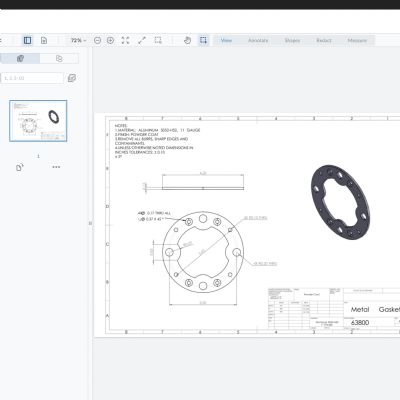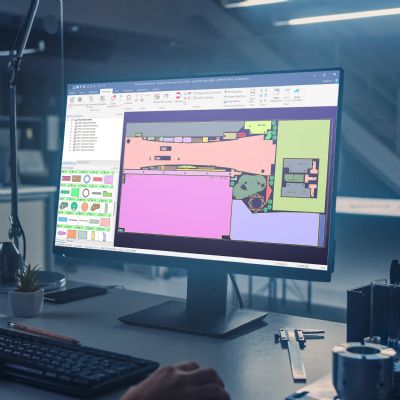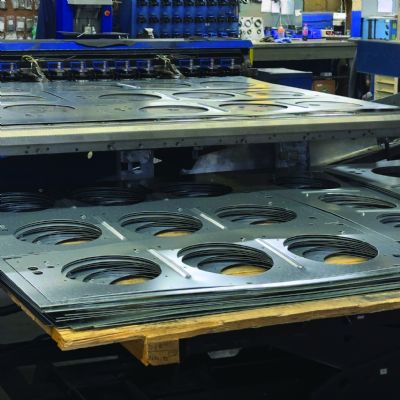Better Nesting for that New Fiber Laser
July 1, 2012Comments
Nesting capabilities from its new sheetmetal CAD/CAM software have proved so impressive at Altex Engineering, a UK contract sheetmetal fabricator and precision machining company, that it has created a new role for shop-floor worker Martin Brewer. Brewer now works almost exclusively developing nests for the firm’s Salvagnini fiber laser and LVD turret-punch press.
“Due to the nature of the subcontract industry, our priorities change daily,” says Altex managing director Adrian Brewer. “It’s Martin’s job to produce the best nests for that particular moment and use as little material as possible.”
The nesting software of choice: Radan, from Planit Holdings and Vero Software. Radan symbols are created in the office, and then Martin takes the live job on the shop floor producing the nests for that day.
The twin-pallet Salvagnini L1Xe fiber laser cuts several different grades of steel, along with titanium, tungsten, Inconel and aluminum—including 1050A, which conventional CO2 lasers find difficult to cut. “The low wavelength of the fiber laser means it can easily cut highly reflective materials such as brass and annealed copper,” says Adrian.
Previously, nesting for the laser was handled in the Altex engineering office, and often meant producing nests well ahead of delivery dates. Standard nests were created, leading to a number of pre-lasered parts held in stock and allowing remnants to build up.
“That has all changed,” says Adrian. “It’s a very dynamic operation now, with Martin being right at the sharp end on the shop floor. He gets around 85-percent material utilization, which, for some of the unusual shapes we cut, is extremely good. Radan helps him use every piece of material he possibly can—if there’s space on a sheet, he’ll fill it.” This strategy has helped reduce raw-material stock at the company.
When it comes time to decide whether to route work to the laser or to the firm’s turret-punch press, the firm finds some jobs too intricate to punch, and it wouldn’t laser-cut a job with hundreds of holes. “Also, some jobs might run on both machines,” says Adrian. “Where there are intricate profiles, we’ll form on the punch first, then bring the part over to the laser, and using its positional sensors to pick up on the holes and sheet edges we’d then cut around those.” Some larger panels would be laser-cut first, then moved to the punch to produce extra holes.
Where bending is required, parts are forwarded to the firm’s LVD and Bystronic press brakes, driven by Radan’s Radbend software module. Radbend provides Altex with several benefits, including the ability to help understand where it’s feasible to fold certain parts rather than weld.
Vero Software: 248/869-4040; www.vero-software.com, www.radan.comView Glossary of Metalforming Terms
See also: X
Technologies: Software








